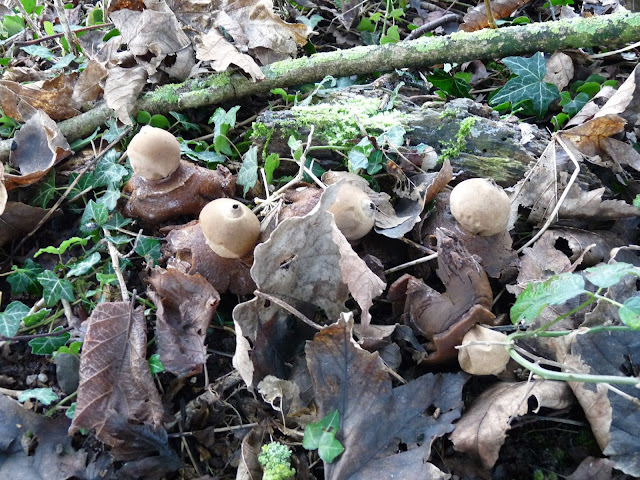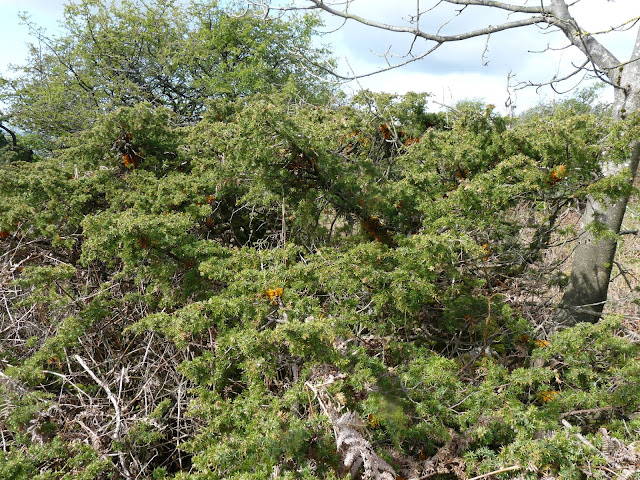In memory of Bryan John Yorke (3rd January 1948 - 28th May 2022).
A hugely knowledgeable but utterly humble man. He loved this area, and enjoyed sharing its natural riches through his informative and delightful blogs.
They will continue to be available, for reference and discovery.
Thank you, Bryan, for your warmth, wisdom, and wit.
.JPG)




























































.JPG)
